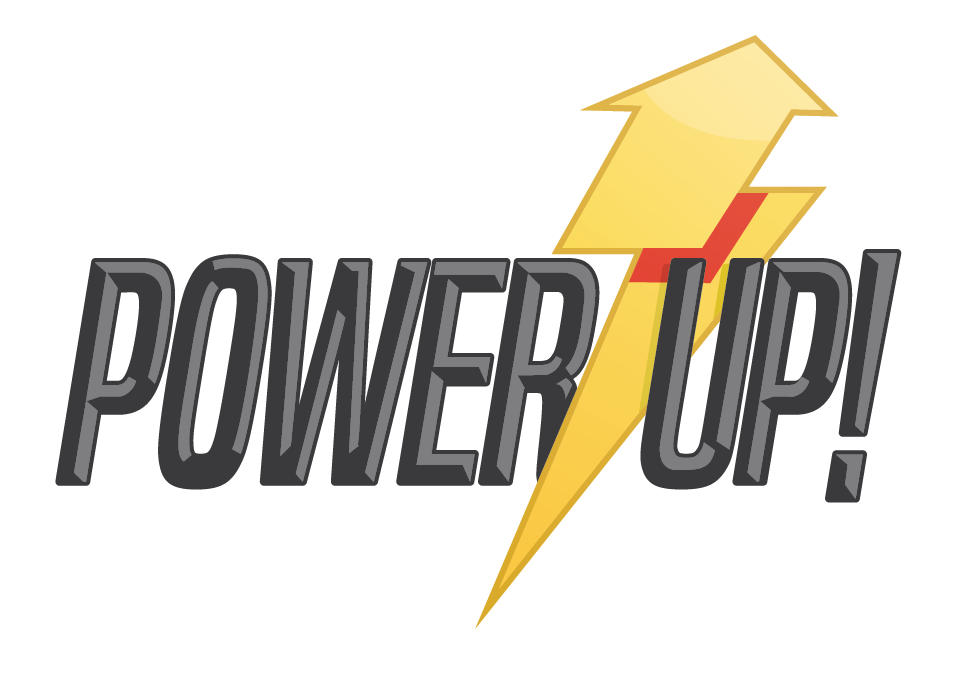Ultralight gaming mice aren’t niche anymore—they’re the default for competitive players, streamers, and anyone who values glide over heft. Turtle Beach’s Burst II Air slots right into that ecosystem with a simple pitch: keep the shape comfortable, strip out unnecessary mass, and deliver top-tier wireless responsiveness without sending the price into the stratosphere.
In Australia, it lands at around AU$189, which puts it up against big names like the Asus ROG Harpe Ace II and the Corsair Sabre RGB Pro Wireless—both benchmark picks in the lightweight space. On paper, the Burst II Air looks like an easy recommendation. It’s light, it’s quick, and it has one of the nicest feeling scroll wheels Turtle Beach has shipped in years. But it’s also a mouse that arrives with a few old-school quirks, and in a segment that’s evolving fast, those quirks matter more than they used to.
Design & Build

Turtle Beach nailed the fundamentals here. The Burst II Air has a clean, understated shape that caters especially well to fingertip and relaxed claw grip users. At 47g, it’s extremely light—but crucially, it doesn’t feel hollow, creaky, or structurally compromised. The shell carries a subtle matte texture that keeps the mouse planted without feeling sticky, and the side walls don’t flex even under pressure. It’s a reminder that the company has genuinely matured its design language.
Compared to the ROG Harpe Ace II, which goes for a slightly more angular, performance-driven silhouette, the Burst II Air leans softer and more approachable. It’s the sort of shape you don’t need to “learn”—you just pick it up and immediately get your bearings. Versus the Sabre V2, it’s smaller and less palm-filling, but significantly lighter, giving it that airy, “floaty” feel competitive players love.
The RGB is understated, the indicator LEDs are tasteful, and the scroll wheel has excellent tactile feedback without being overly rigid. Everything feels purposeful and well considered. The only real blemish is the power switch on the underside, which feels slightly cheaper than the rest of the build.
Features & Gaming Performance

In-game, the Burst II Air is a joy. Turtle Beach’s 26K Owl-Eye sensor remains crisp, responsive, and free from the weird acceleration quirks that still pop up in cheaper mice. Tracking is consistent across both low and high DPI ranges, and lift-off distance is reliable—no jitter, no unpredictability. The PTFE feet are smooth and rounded, offering a satisfying glide across cloth pads and hybrid surfaces.
Switches are snappy, with a sharp, satisfying click that’s closer to the Harpe Ace II than the deeper, more muted Sabre V2 Pro. Latency is right where it should be for a modern wireless competitive mouse. I didn’t experience any cutouts, even in congested 2.4GHz environments with a phone, controller, headset, and router cluttering the spectrum nearby.
Battery life is solid, though not exceptional. You’ll comfortably get multiple days of play, but the Harpe Ace II still leads the class with its borderline absurd endurance. Turtle Beach makes up for it with USB-C fast charging, but if you’re coming from an Asus or Corsair mouse that can run dozens of hours longer, you may notice the difference.
Where the Burst II Air absolutely holds its own is pure in-game feel. Flicks in Battlefield 6 felt exceptionally clean. Tracking recoil patterns in Black Ops 7 felt natural and controlled. And in slower, more deliberate titles like The Outer Worlds 2, the lightweight frame made micro-adjustments feel effortless.
For general productivity, it’s equally comfortable. Editing timelines, scrubbing through clips, and navigating 4K displays feel snappy and precise. The lightweight build reduces fatigue during longer sessions, something that heavier ergonomic mice tend to struggle with.
Software

This is where the cracks show—and where the comparisons become unavoidable. Turtle Beach’s Swarm II software handles all the important settings: DPI stages, polling rate, debounce time, macros, and RGB tweaks. It’s stable and user-friendly enough, but it also feels like a relic in a category that’s moving away from heavy desktop apps altogether.
Both Asus and Corsair have started shifting to web-based configuration platforms, and after using them, it’s hard to go back. The Harpe Ace II’s browser-driven Armoury Crate setup isn’t perfect, but it’s refreshing not having an always-running background service just to adjust DPI. Corsair’s move to iCUE Web is even cleaner, syncing settings without cluttering your PC with yet another startup app.
Swarm, by comparison, still requires a full install, still plants a background service on your machine, and still nudges you with update prompts at inconvenient times. It’s lightweight, sure, but in 2025, lightweight isn’t the metric anymore—non-intrusive is. And right now, Turtle Beach is a step behind on that front.

None of this affects gameplay performance, and most players will set their preferences once and never touch the software again. But in a market this competitive, ecosystem friction matters, especially when your rivals are actively reducing it.
Verdict
The Burst II Air is a fantastic lightweight mouse with excellent in-hand comfort, class-leading responsiveness, and a design that feels more refined than anything Turtle Beach has shipped in previous generations. For AU$189, it delivers top-tier performance without the premium tax of its Asus and Corsair rivals.
Its biggest drawback isn’t the hardware—it’s the ecosystem around it. Swarm works, but it feels outdated next to the push toward browser-based, install-free configuration tools. And while battery life is good, it doesn’t quite match some of its competitors.
Even so, the Burst II Air gets far more right than wrong. If you want a super-light wireless mouse with a welcoming shape, excellent switches, and strong competitive performance, this is one of Turtle Beach’s best efforts yet. Just be ready to live with software that hasn’t fully caught up to the rest of the industry.
Turtlebeach Australia provided the Burst II Air to PowerUp for the purpose of this review






